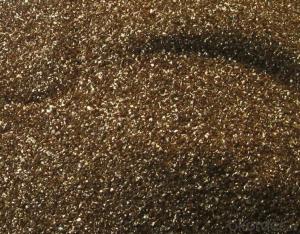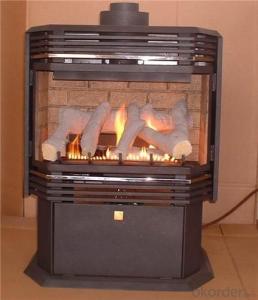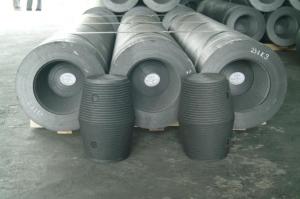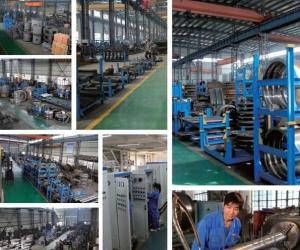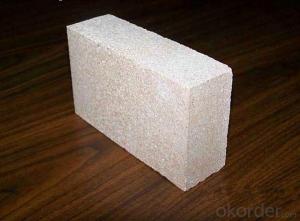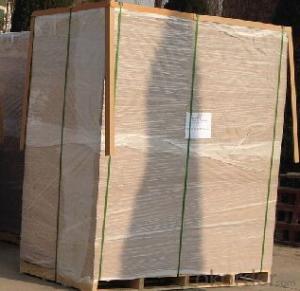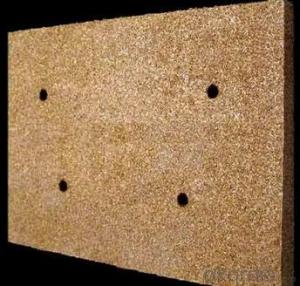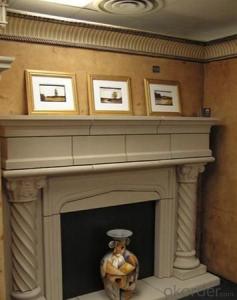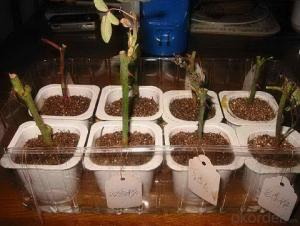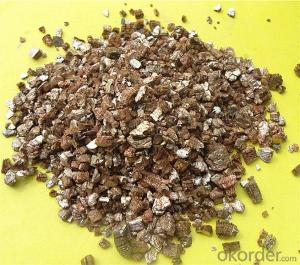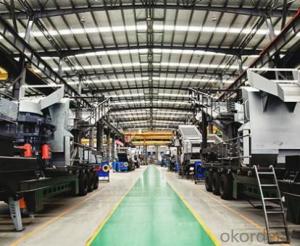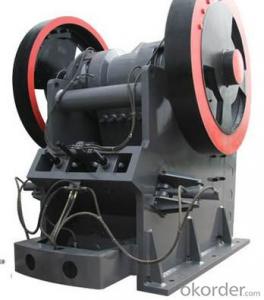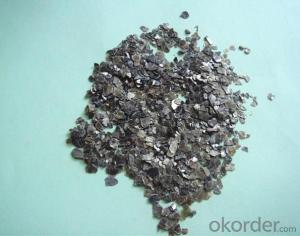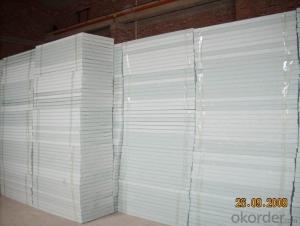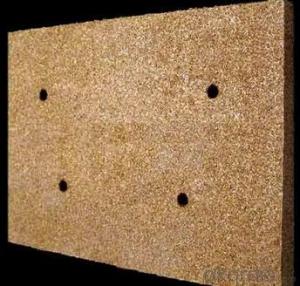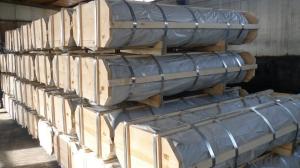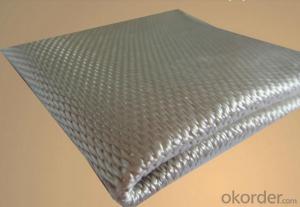Organic Vermiculite for Horticulturial/ Vermiculite
- Loading Port:
- Qingdao
- Payment Terms:
- TT OR LC
- Min Order Qty:
- 20 m.t.
- Supply Capability:
- 1000 m.t./month
OKorder Service Pledge
OKorder Financial Service
You Might Also Like
Information of Organic Vermiculite for Horticulturial/ Vermiculite:
Vermiculite is the generic name for laminar, hydrated ferromagnesian-Aluminum-Silicate minerals that resemble mica in the crude form. It has a great number of industrial uses by virtue of its expansion behavior on heating.
Features of Organic Vermiculite for Horticulturial/ Vermiculite:
When heated rapidly to 900-1,000 D.C, its interlaminar water turns to steam and causes the minerals layers to exfoliate or sepreate into worm-like pieces. This forms a material with Lower Density, Excellent Insulation properties, Good Absorption, Iron Exchange Capacity, Chemically Stable and Non-toxic.
Technical Data of Organic Vermiculite for Horticulturial/ Vermiculite:
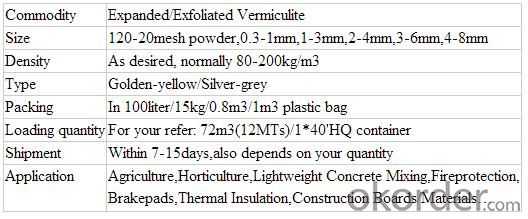
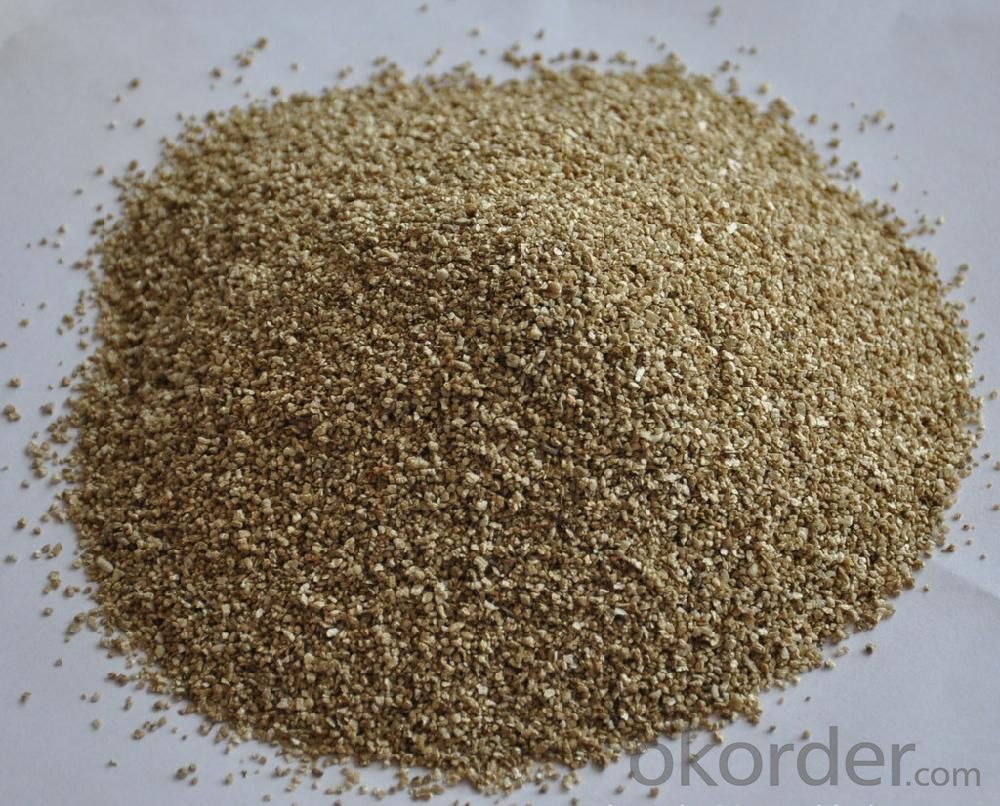
Application of Organic Vermiculite for Horticulturial/ Vermiculite:
The above properties make it widely used in Construction, Agriculture and Horticulture and Industrial application.
The surface density of magnesium oxide board is 0.8-1.2g/cm3.It is reduced the building loading,and made the building weight of interior wall reduce 60% more,meanwhile,increased the used area about 5-8%.Light weight board benefit to the
Our Services:
1, Prepare samples freely.
2, Draw 20-40% samples to test quality for each shipment.
3, Take pictures for customer's reference.
4, Issue testing report for customer's custom clearance.
5, Provide related techenical data sheet if necesary.
- Q: i bought one from sportsmans guide, $35. can one be built for less without sewing anything?
- SEWING??????? I could not sew if my life depended on it! My indoor greenhouse is a flat or two of seeding mixture, mostly vermiculite. That is smoothed into a flat seed pan or two, and the seed is put into it. Everything is wet down well and a water/mist bottle is set aside for later watering's. The seed trays are covered with Saran Wrap. When you see about 1/2 Of the seed you planted germinate, then Pull off the Saran Wrap. Next day and then after that for a week or so use the mist bottle four or five times a day to provide moisture. When you find that no longer provides enough moisture start to really water every 4 or 5 days deeply and be patient with the seeds. Soon you will see a second set of leaves develop. When these second leaves are developed enough then each plant can be transplanted into an individual pot or growth. What happens from there depends on You, the type of Plant and what part Of the country you live in!
- Q: I have a weeping fig plant and I would like to take cuttings to start new plants. Can it be done? If so where should I cut? How do I root a cutting? Can it be rooted in a cup of water? Any info would be appreciated!
- root tip cuttings with one or two nodes in water, vermiculite, perlite or a good commercial potting soil.with plant watering crystals (if you can get it) use a 8 oz. plastic cup to hold cuttings (if using soil cut holes in cup) take a 2 liter clear plastic soda bottle cut off the top below the curve and use as a terrarium bottom up. you can also air layer if it is and older plant you cut a branch diagonally just below a node about half way through. insert a toothpick so it can't close wrap with unshredded very wet sphagnum moss (including the node) wrap with saran wrap and keep wet. when roots show cut it off the mother plant and pot.
- Q: How do i measure my perlite and vermiculite for my incubator in pounds?What do i multiply it by so i know how much water to put????
- Difference Between Vermiculite And Perlite
- Q: My friend gave me a couple plants she didn‘t need anymore but she‘s growing them in soil and I prefer soilless mix. I am about to transplant them into bigger pots but I don‘t want to buy the same soil she was using or even any soil. I already have soilless mix, is there a way I can transfer it into the soilless. Obviously there would still be soil wrapped around the roots and the two soils would mix. Is it ok. What should I do?
- The term soil-less mix covers a wide range of media. Soil-less can be anything from rock-wool, fired expanded clay balls, perlite and vermiculite to peat moss or coir fiber from coconut husks. A soil-less mix is usually peat moss with perlite and vermiculite, and its primary benefit is its acid pH that inhibits growth of disease organisms. This makes it helpful for seed-starting. Soil-less mixes (potting soil) have little if any nutrient value. I've never had a problem mixing soil with potting soil or vice versa. When you transplant seedlings from the nursery to a flower bed you are setting a soil-less mix into soil. I think you are worrying about nothing.
- Q: Its in a vase with water now.
- I got1 recently from a friend, I also had my clipping in a vase with water. I left it in near a sunny window until it rooted fairly well(1'' roots or so) and then planted it in a small pot. Just be sure2 bury the roots and cover them well with soil, otherwise exposure to light could kill your spidey! Also, always remember2 water a plant after potting or re-potting.
- Q: what are the differences between sand and potting soils?
- Potting soil is designed for use in containers. Formulations vary greatly by company and types of plants. Sand absorbs very little water because its particles are relatively large.
- Q: i have 8 dry quarts of organic potting mix, organic bone meal, organic blood meal, vermiculite, and perlite. what amounts of each do i need? the bone meal is 6-9-0, the blood meal is 12-0-0 and the potting mix is 0.10-0.05-0.05. i want to make a water only mix with a ratio of 15-30-30. also how do i add potassium to it and what besides kelp meal can i use to add trace elements? thanks alot. this is a best answer award question
- You need to add some sand. Peat, Humus, top soil, etc will only create a very moist environment and will hold moisture. Perlite and Vermiculite are used to encourage good drainage and to keep the soil from compacting, which plant roots definitely don't like. I have not grown Lucky Bamboo, but do you know what kind of conditions it wants it's roots to be in?
- Q: Any one have any clue where I can find coarse vermiculite in the Tacoma Olympia area ?
- Vermiculite okorder
- Q: What are the main ingredients of vermiculite fireproof board?
- Vermiculite (Vermiculite) (Mg, Ca) 0.3-0.45 (H2O) n{(Mg, Fe3, Al) 3[(Si, Al) 4O12] (OH): 2} is a layered structure containing magnesium aluminum silicate water secondary metamorphic minerals, ore shape like mica, usually consist mainly of black mica (gold) by heat liquid alteration or weathering, because of the heat loss during the expansion was a deflection shape similar to the shape of leech, called vermiculite.
- Q: There is 2 of them in there. One male one female.thanks!
- The reason it flattened was because it wasn't humid enough, or its because it was a slug (bad egg). What you should do very soon, is buy or make a humid hide, put some moistened peat moss and vermiculite in the hide and put the hide in the enclosure. That way the leo can lay eggs in it. Also keep you eye on it and check the enclosure hourly for the next day or two, it should lay another. If you want to incubate them, get a tupperware bowl and fill it with moist vermiculite, after the leo lays another egg press your thumb down into the vermiculite and lay the egg down in the place where you put your thimb. DO NOT ROTATE OR MOVE THE EGG IN ANY WAY, gently lift the egg out being sure not to rotate or tilt the egg in any way or it won't hatch. Keep the eggs at a constant temperature between 78 and 88. If you want females keep the eggs between 78 and 84, or if you want all males keep them between 85 and 88. If you want a mix incubate them at 84 or 85. It takes about 3 months for them to hatch.
Send your message to us
Organic Vermiculite for Horticulturial/ Vermiculite
- Loading Port:
- Qingdao
- Payment Terms:
- TT OR LC
- Min Order Qty:
- 20 m.t.
- Supply Capability:
- 1000 m.t./month
OKorder Service Pledge
OKorder Financial Service
Similar products
Hot products
Hot Searches
Related keywords

